finishing a mahogany entry door
chase101
15 years ago
Related Stories
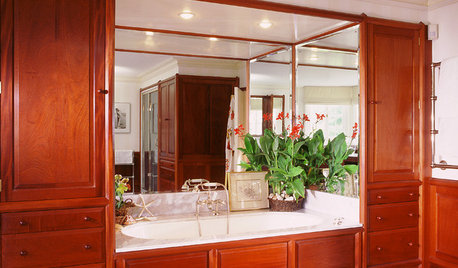
MATERIALSWoodipedia: Mahogany Furnishes a Rich Look
Its beautiful depth of color is cherished the world over. Learn about mahogany types, costs and uses here
Full Story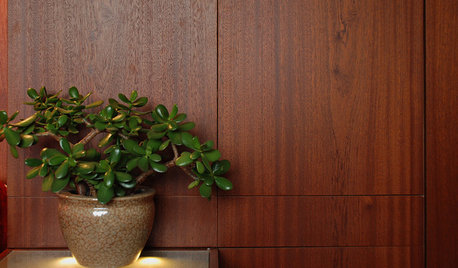
REMODELING GUIDESWhy Mahogany? Amazing Grain, Luminous Color
Mahogany's Character and Warmth Shines Indoors and Out
Full Story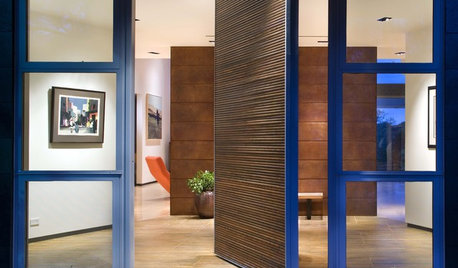
DOORS16 Dream Doors
Make a grand entry with a custom door just right for you and your house
Full Story
REMODELING GUIDESHouzz Planning: How to Choose a Front Door
Wood, Fiberglass or Steel? Find the Right Material for Your Entry Door
Full Story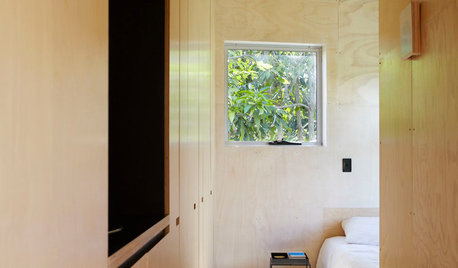
WOODDesign Workshop: Plywood as Finish
Trendproof your interior with this sensible guide to using this utilitarian material indoors
Full Story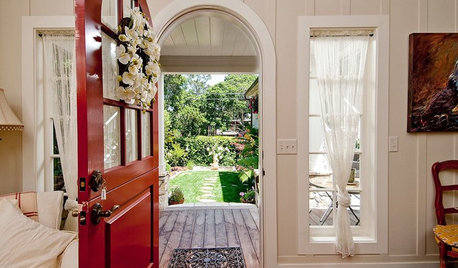
REDRed Doors Spice Up Home Fronts
Quaint or contemporary, a red door can be a key ingredient in creating a warm, welcoming entry to your home
Full Story
DECORATING GUIDESFinish Rooms the Elegant Way With Marquetry Furniture
Go all-out fancy or subtly refined. With endless inlaid patterns to choose from, the level of artistry is up to you
Full Story

DOORSYour Doors: Make a Grand Entrance
Add Style to Entries and Exits with Customized Creations or a Wild Coat of Paint
Full StoryMore Discussions






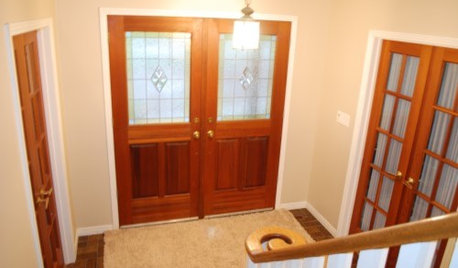




bobismyuncle